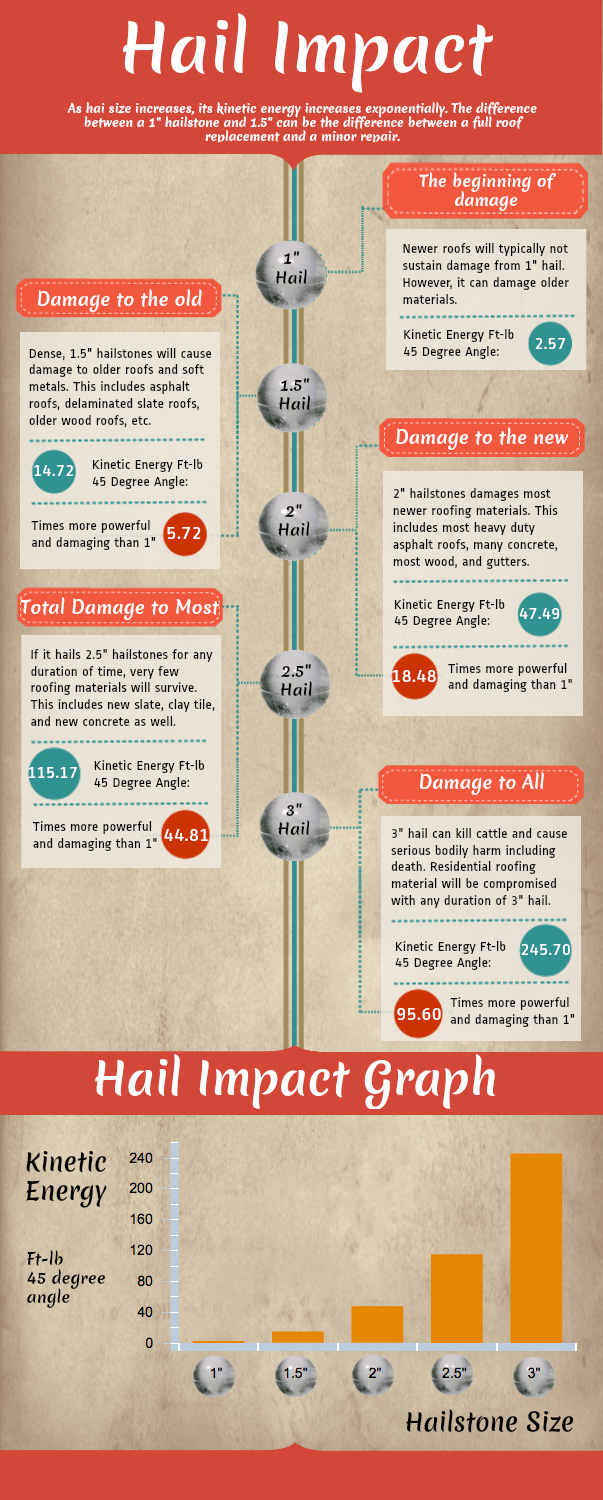Neglecting Roof Covering Ventilation Can Lead To Pricey Damage; Find Out The Key Elements That Guarantee An Effective Installation And Secure Your Investment
Neglecting Roof Covering Ventilation Can Lead To Pricey Damage; Find Out The Key Elements That Guarantee An Effective Installation And Secure Your Investment
Blog Article
Team Writer-Byrne Walls
When you're dealing with a roofing project, you might not think much regarding roofing ventilation, however it's even more essential than you recognize. Effective ventilation assists control temperature level and wetness in your attic, stopping problems like mold and mildew and architectural damages. By comprehending how to develop and mount roofing contractors san antonio, tx balanced air flow system, you can boost power efficiency and prolong the life expectancy of your roof covering materials. So, what are the key variables to take into consideration during setup that can make all the difference?
Value of Roof Covering Air Flow
Roofing system air flow plays a critical function in preserving the general health and wellness of your home. By permitting fresh air to distribute through your attic room, it assists regulate temperature and moisture levels. This balance is vital to avoid heat build-up throughout hot months, which can cause enhanced energy expenses as your cooling works overtime.
Additionally, appropriate air flow substantially minimizes the threat of moisture-related problems like mold and mildew and mildew. If humidity levels increase, your home's structural stability can be compromised, leading to expensive repairs. You wouldn't want to manage decomposing timber or distorted roof materials, right?
In addition, ample ventilation extends the life expectancy of your roofing system. When heat and moisture are kept in check, your roof covering can carry out efficiently, stopping early wear and tear. This means fewer migraines and expenditures down the line.
Exactly How Roof Ventilation Functions
Efficient roofing air flow relies on the natural motion of air to produce an equilibrium between consumption and exhaust. When you mount vents, you're essentially allowing fresh air to enter your attic while making it possible for warm, stale air to escape. This procedure helps regulate temperature level and wetness levels, avoiding concerns like mold growth and roof damages.
Consumption vents, usually located at the eaves, attract cool air from outside. At http://www.buildings.com/articles/27422/roof-safety-tips-facilities-managers , exhaust vents, located near the ridge of the roofing, allow hot air rise and exit. The difference in temperature level develops a natural airflow, called the pile impact. As warm air surges, it creates a vacuum cleaner that pulls in cooler air from the reduced vents.
To optimize this system, you require to make sure that the consumption and exhaust vents are correctly sized and positioned. If the intake is limited, you won't achieve the preferred air flow.
Likewise, inadequate exhaust can trap warm and dampness, causing prospective damage.
Secret Setup Considerations
When mounting roof ventilation, a number of key factors to consider can make or damage your system's effectiveness. Initially, you need to analyze your roof covering's style. The pitch, shape, and materials all influence airflow and air flow choice. Make certain to select vents that match your roof kind and local environment problems.
Next off, consider the placement of your vents. Ideally, you'll want a well balanced system with consumption and exhaust vents positioned for optimum air movement. Recommended Studying on the roof covering and exhaust vents near the height to urge an all-natural circulation of air. This setup aids protect against moisture build-up and promotes energy effectiveness.
Do not forget insulation. Proper insulation in your attic room avoids warm from leaving and keeps your home comfortable. Ensure that insulation does not block your vents, as this can impede airflow.
Last but not least, think of maintenance. Select air flow systems that are simple to accessibility for cleansing and inspection. Regular upkeep guarantees your system continues to operate effectively over time.
Verdict
To conclude, roof covering air flow is crucial for a successful installation. By making sure appropriate air movement, you can protect against warmth accumulation and moisture problems that lead to pricey damages. When you tactically setting intake and exhaust vents, you boost energy efficiency and extend the life expectancy of your roof covering. Remember, a well-ventilated roof covering not only secures your investment however also improves your interior air top quality. So, focus on air flow to ensure a resistant and economical roof for your home.
